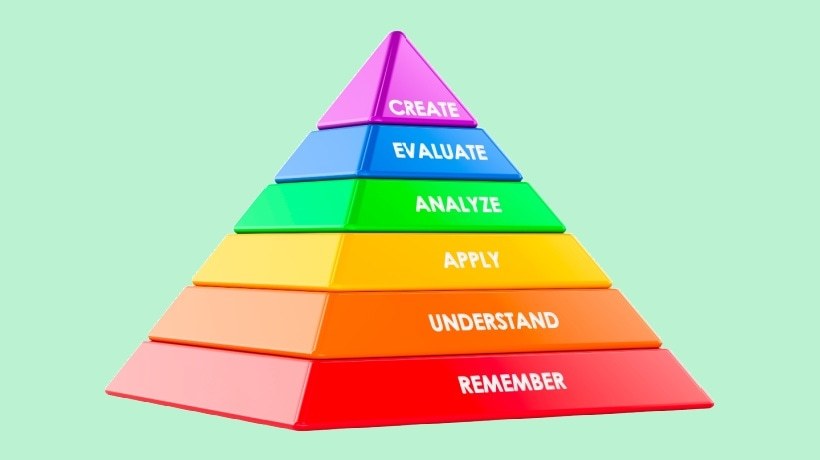
"Bloom's Taxonomy has been a fundamental framework in education for decades, but with the rise of AI and personalized learning, its relevance must be re-evaluated for modern instructional design."
"While traditional educational practices often began with terms like 'understand' or 'apply,' today's learning environments require an adaptation of Bloom's framework to integrate emerging technologies."
Bloom's Taxonomy, introduced in 1956, is a six-tiered framework that categorizes cognitive learning objectives from knowledge recall to evaluation. Despite its historical significance, advancements in AI, personalized pathways, and immersive technologies necessitate reevaluating its application in contemporary learning environments. The taxonomy's structure must adapt to align with the needs of modern instructional design. By understanding how to effectively implement or modify the taxonomy, instructional designers can enhance learning experiences and outcomes in today's digital landscape.
Read at eLearning Industry
Unable to calculate read time
Collection
[
|
...
]